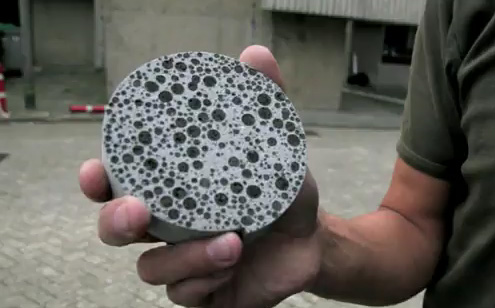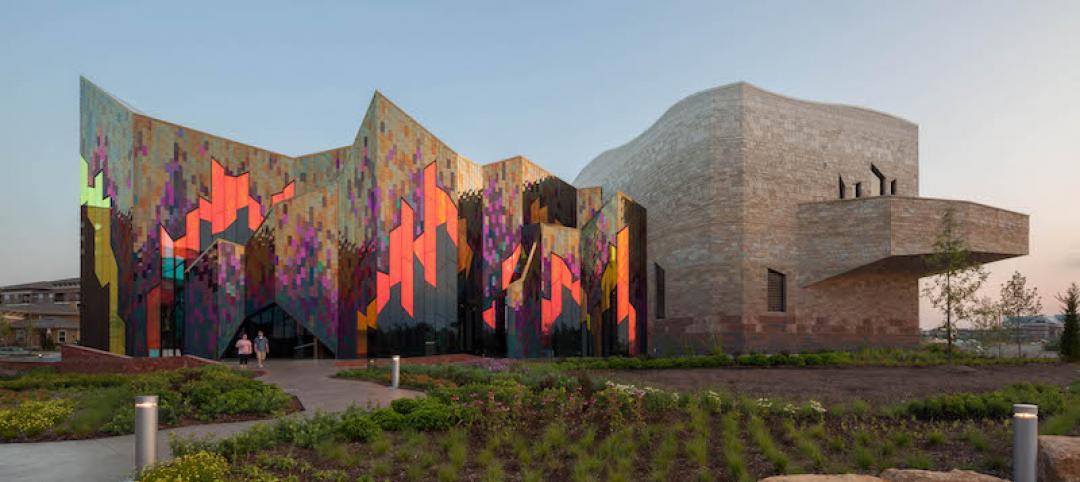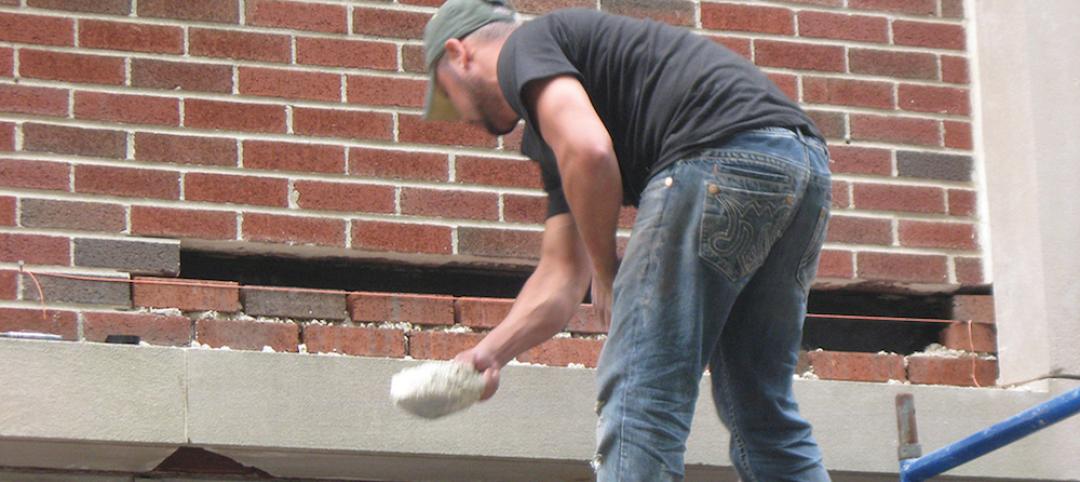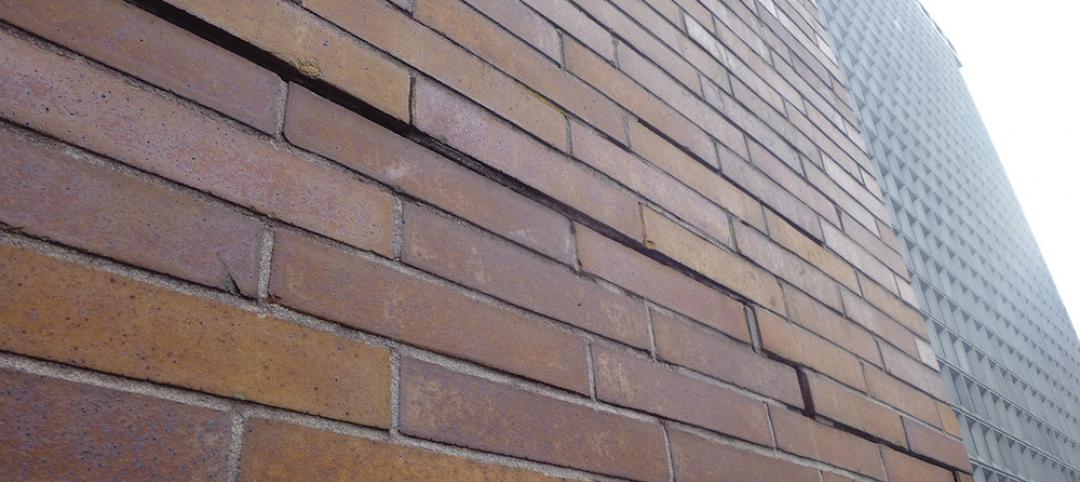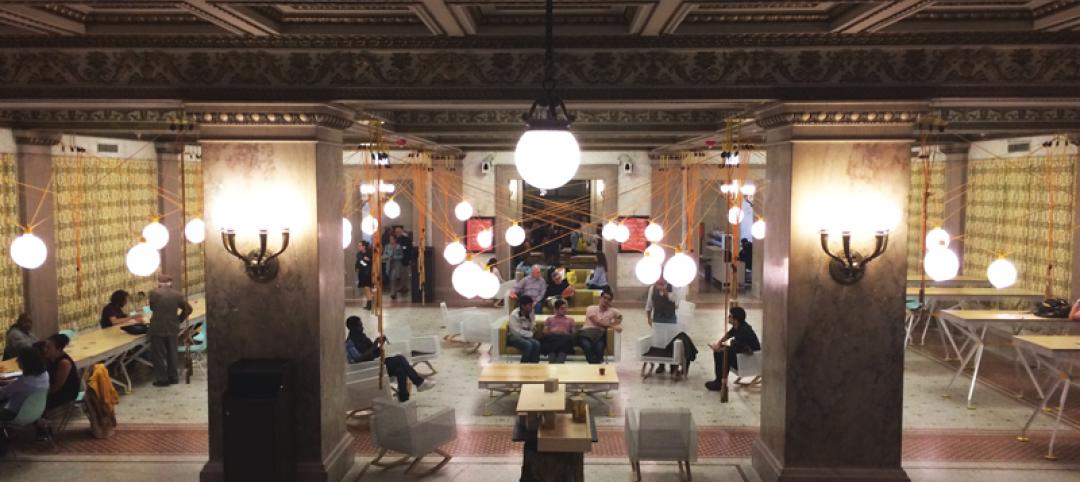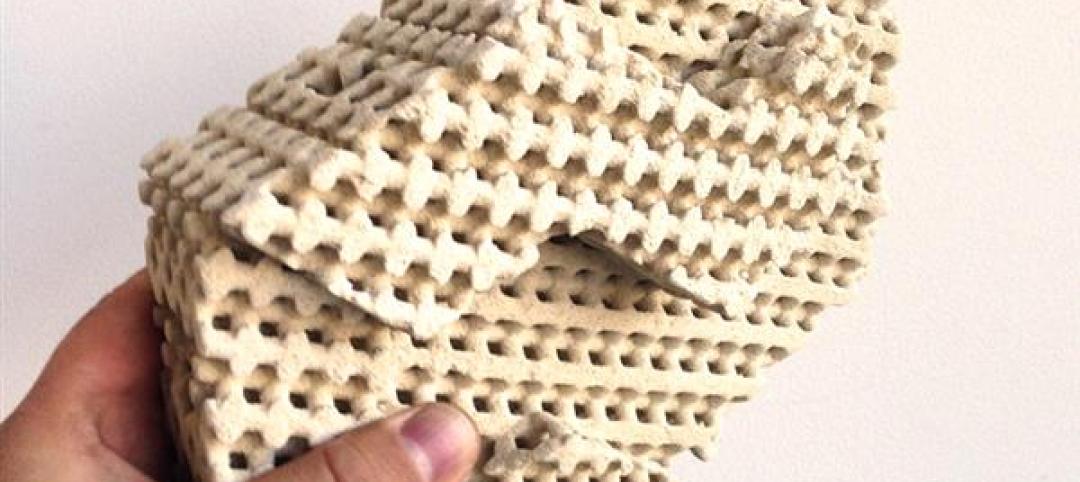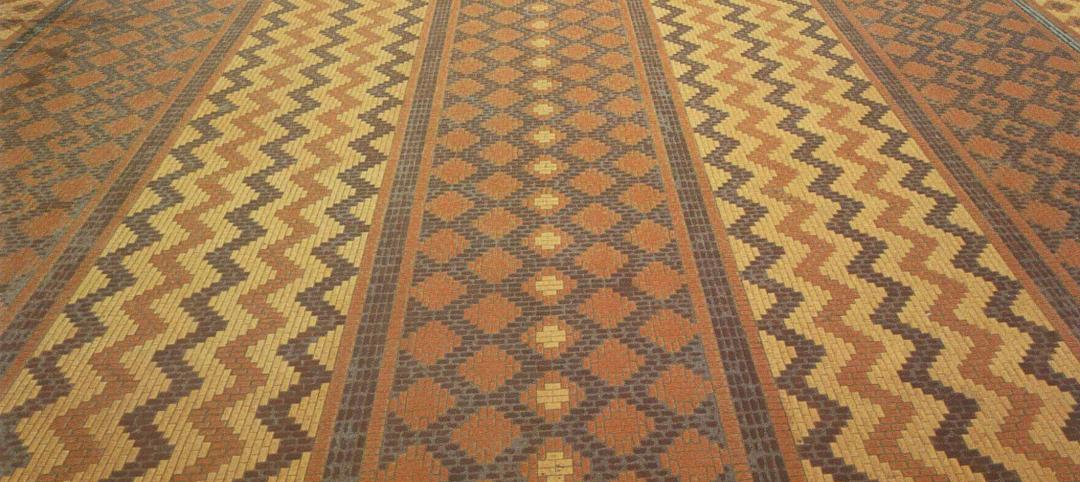Two researchers from Delft Technical University in Holland have developed a self-healing cement that can stop microcracks from forming in concrete. The material incorporates alkaphilic bacterial spores (which thrive in the alkaline environment of concrete) plus a feeder material. When water infiltrates concrete, the spores are activated and convert the feed into limestone, sealing the crack and preventing larger cracks from forming.
Microbiologist Henk Jonkers and concrete-development specialist Eric Schlangen have been working on the project since 2006. Basements, tunnels, and transportation infrastructure are among the proposed wet environments that could benefit from the innovation, which may be commercialized in four to five years. Scientists from the South Dakota School of Mines and Technology are now cooperating in the project.
(http://www.citg.tudelft.nl//index.php?id=17205)
Dutch microbiologist Henk Jonkers explains "bioconcrete" technology:
http://www.youtube.com/watch?feature=player_embedded&v=PyBR3PDPa-c
Related Stories
Sponsored | Brick and Masonry | Sep 16, 2016
Stone and fire: The Museum at Prairiefire blends natural stone and man-made masonry to create an architectural icon
The museum tells a story of geology, culture, and the practice of prairie landscape management through intentional burns.
Brick and Masonry | May 11, 2016
Brick primer: Periodic inspection and maintenance for brick masonry walls
Though brick masonry is highly durable, it is still important to conduct regular inspection of the building façade to identify problems and plan to replace old materials.
Brick and Masonry | May 9, 2016
Preventing and treating distress in brick veneer cavity walls [AIA course]
The design, detailing, and installation of brick cavity walls become more demanding as masonry construction becomes more complex. To earn 1.0 AIA CES learning units, study the article carefully and take the exam.
| Jan 28, 2016
AIA CES class: The rainscreen approach to a better building envelope
Building envelope expert Bradley Carmichael of Hoffmann Architects explains how rainscreen wall systems work and evaluates the effectiveness of various rain-control methods, including mass walls, perfect barriers, and masonry veneers. This AIA/CES class is worth 1.0 learning unit.
Architects | Oct 20, 2015
Four building material innovations from the Chicago Architecture Biennial
From lightweight wooden pallets to the largest lengths of CLT-slabs that can be shipped across North America
Cultural Facilities | Mar 13, 2015
New Orleans observation tower to feature 320-foot double-helix gondola ride
Tricentennial Tower will take visitors on a 300-year journey through the city's history before landing them at the top for a 360-degree view of the Crescent City.
Brick and Masonry | Feb 5, 2015
3D-printed 'cool brick' may provide cooling solution for arid locations
Cool Brick is made of porous ceramic bricks set in mortar. The bricks absorb water, which cools the air as it passes through the unit.
Mixed-Use | Jan 26, 2015
MVRDV designs twisty skyscraper to grace Vienna's skyline
The twist maximizes floor space and decreases the amount of shadows the building will cast on the surrounding area.
| Jan 20, 2015
AIA course: Building with brick, stone, and masonry
Earn 1.0 AIA/CES learning units by studying this article and successfully completing the online exam.
| Dec 29, 2014
From Ag waste to organic brick: Corn stalks reused to make construction materials [BD+C's 2014 Great Solutions Report]
Ecovative Design applies its cradle-to-cradle process to produce 10,000 organic bricks used to build a three-tower structure in Long Island City, N.Y. The demonstration project was named a 2014 Great Solution by the editors of Building Design+Construction.


